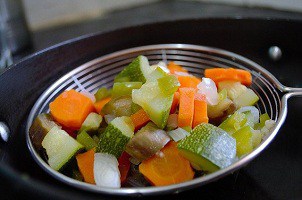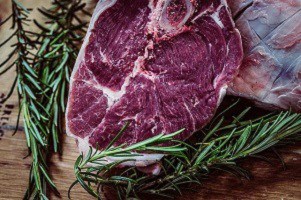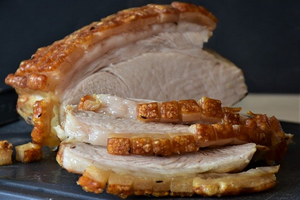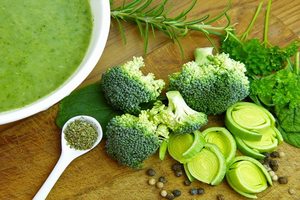Does blanching mean boiling?
Blanching in cooking has been employed in cooking for hundreds of years. While blanching takes part in cooking by slowly dipping certain food items in boiling liquid for a brief period of time to cook them, simmering is the complete opposite. It entails cooking the food completely through in the liquid until it’s completely done. This is different than blanching because in simmering, the food is not fully cooked, and it’s not always advisable to fully cook food because overcooking can make food unappetizing. Both blanching and simmering require different methods of cooking and a little bit of practice to master the technique.
Blanching in cooking has become a popular method among those who love home cooked food because it saves time. In fact, many home cooks are quick to toss together a few vegetables or fruits in a pot or a basin and add some seasoning to it. They then place it into a pot of boiling water and continue to heat it up until the vegetables are soft again. In this way they save quite a bit of time. However, if they used a pan with an immersion circulator instead of a pressure cooker and added the veggies at the end when they were already soft and when they were almost cooked, they would have used up most of the time that they spent on heating the pan and still obtained the same result as the boiled vegetables would have had they been done by simmering.
So does blanching mean boiling?
For one thing, some foods are best cooked directly in hot water. Some vegetables and fruits taste better when they are steamed or broiled. Steaming is especially good for tender vegetables like broccoli and carrots. While steaming, they can be cut into little pieces so that they remain less available in the steaming water, which means that you will waste less of the vegetable when cooking them.
Another good way to prepare vegetables is to steam or broil them. When you steam or broil vegetables, you are allowing them to absorb a lot more nutrients. In fact, this is a very good way to make sure that you get all the vitamins and minerals from your vegetables. When you blanch or boil the vegetables, they do not get as much nutrition.
Food is not prepared the same way in every country. Each cuisine has its own ways to prepare food. What may be good for your mother in England may not be as good for you in America. The same thing goes for food and blanching or boiling water in cooking.
When you cook food in water, it is more likely to stick to the insides. This makes it more likely for germs to grow and for you to develop food poisoning. This is one of the reasons that people prefer foods that are parboiled or steamed rather than boiled. Boiling is not as effective as parboiling or steaming when it comes to cleaning up the food that you are cooking. Water boiling does not kill as many bacteria as other methods.
A very common method of cooking food that uses boiling water is the Chinese food preparation called dumpling. You can see this type of food preparation in many Chinese restaurants. The dumplings are cooked in a cooking process that makes them soft, and they often come in large sizes.
When you cook vegetables in a short time period, the outer skin of the greens tend to brown before the inner skin does. If this browning is not done immediately, then the outer skin will get overcooked and result in very dry, tough vegetables. This means that you will need to keep the blanching water on hand because the last thing you want is your greens to be very dry when you serve them. Cooking vegetables in water that has been allowed to boil for a short time will result in a softer and gentler vegetable.




